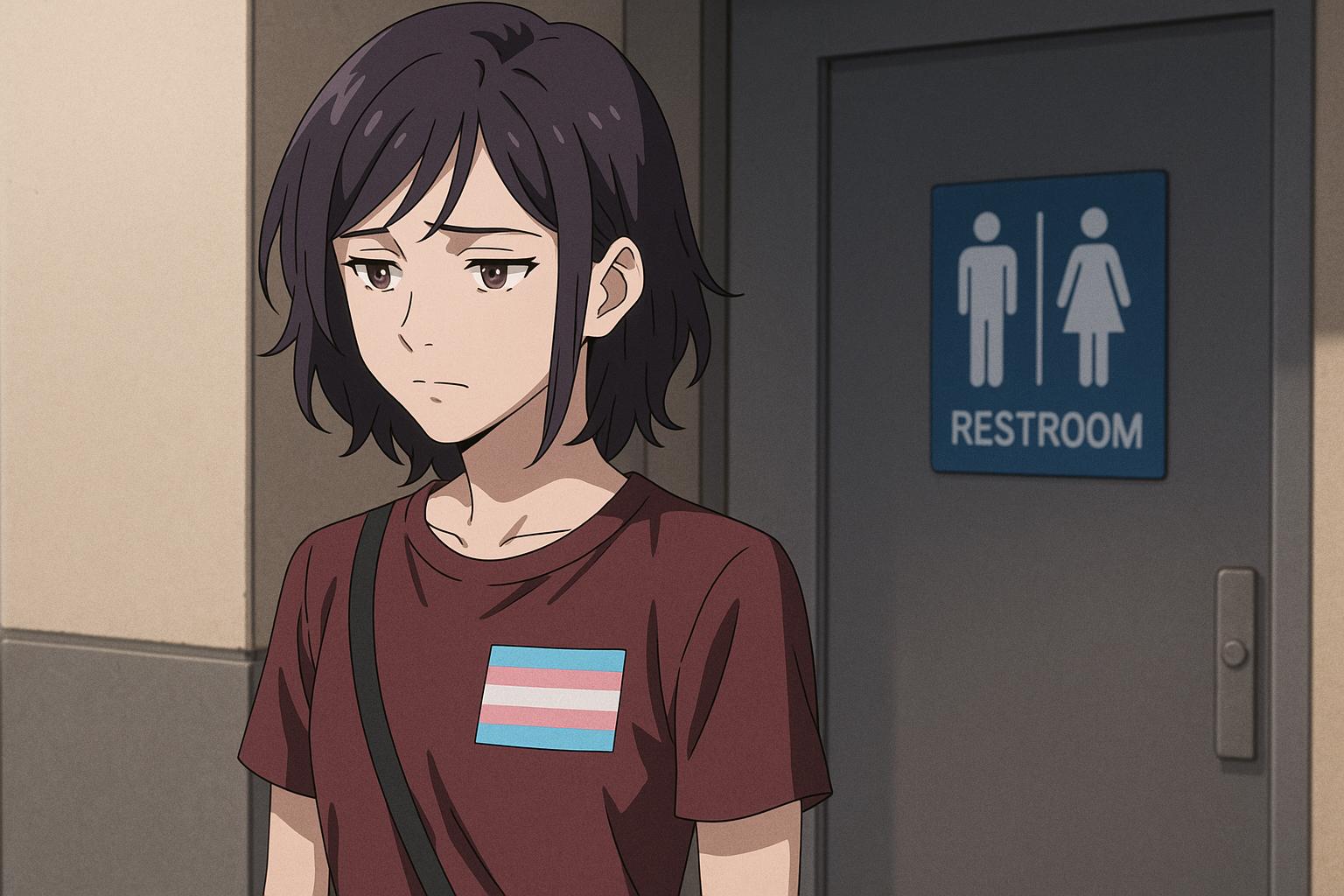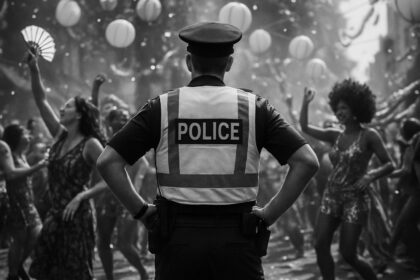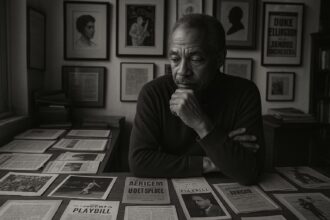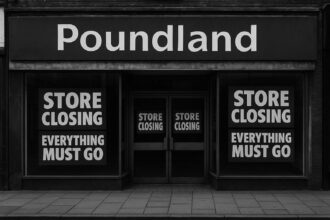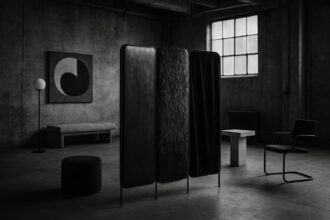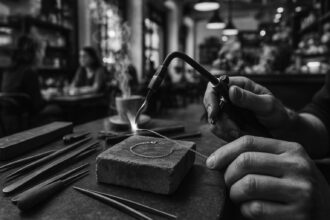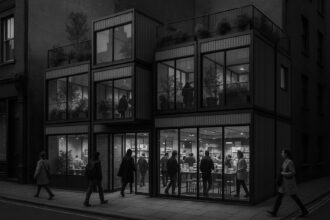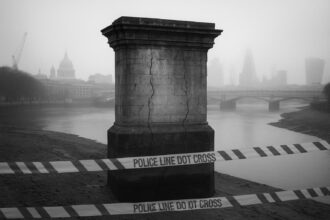The Scottish Parliament’s decision to limit toilet access based on biological sex, following a Supreme Court ruling, has sparked strong opposition from MSPs and rights groups who warn it risks humiliating trans individuals and undermining decades of progress on gender equality.
The recent shift in policy at Holyrood to restrict access to toilets based on biological sex has ignited a significant debate around transgender rights and human dignity. This decision, which follows a Supreme Court ruling interpreting terms like “man” and “woman” in the Equality Act 2010 as referring to biological sex, has been met with fierce criticism from various quarters, including 17 Members of the Scottish Parliament (MSPs) who signed an open letter denouncing the policy as “transphobic.” The letter, organized by the Good Law Project, warns that the changes could lead to humiliation and harassment for trans individuals, eroding the progress made since the Gender Recognition Act of 2004.
Patrick Harvie MSP has been vocal against these changes, citing concerns that the Scottish Parliamentary Corporate Body (SPCB) risks reviving a historically regressive stance on transgender rights. Harvie invoked the perspective of former Supreme Court judge Lord Sumption, who remarked that while exclusion from single-sex spaces is permissible, it should not be treated as obligatory. Harvie underscored the psychological toll on individuals who now feel unwelcome in what should be a safe space for them. He implored the SPCB to consider the real-world impacts on trans individuals, stating, “Those who are being told that they are no longer permitted to use basic facilities like toilets… now feel unwelcome and demeaned.”
In response, Christine Grahame, an SNP MSP representing the SPCB, attempted to clarify the intentions behind the new policy, claiming it was enacted “in a tolerant and sensitive manner.” Grahame insisted that the Scottish Parliament remains committed to being an inclusive environment, even as the new regulations come into force. Under the updated policy, three public toilets and two private facilities have been re-designated as gender-neutral, aiming to accommodate a wider range of needs. Yet, critics highlight the lack of a clear policing mechanism for enforcing these rules, raising concerns about the potential for conflicts in toilet usage.
Several MSPs voiced apprehensions about the decision’s timing and implications. Emma Roddick expressed fears that the new rules might foster a hostile environment for trans and non-binary staff, questioning whether the SPCB had truly understood the ramifications of its actions. Green MSP Lorna Slater provocatively pointed out the absurdity of having to prove one’s right to use a specific toilet, saying, “Should I bring my birth certificate? Should I subject myself to a medical examination?” Grahame reassured members that no one would be asked for proof, yet the existing sentiment reflects a wider anxiety regarding how these changes may affect the dignity and safety of trans individuals in their most vulnerable moments.
The discussion in Holyrood has drawn attention from wider national conversations regarding the responsibilities of public institutions to respect both gender identity and biological classifications. The Scottish Government has reaffirmed its commitment to work closely with the Equality and Human Rights Commission (EHRC), which has recently provided interim guidance suggesting that trans individuals should not utilise facilities corresponding to their gender identity in most public-facing services. This stance adds another layer of complexity to the ongoing debates about gender rights amid increasing legal scrutiny and public discourse.
As scrutiny continues, the Scottish Trans and Equality Network has categorically condemned the parliament’s decision. They have labelled the changes as both exclusionary and unworkable, questioning the feasibility of enforcing such a policy without compromising the privacy and dignity that all individuals deserve. The EHRC’s guidance has been described as “harsh, authoritarian and cruel” by Green Co-Leader Patrick Harvie, who has called for a more compassionate approach to trans rights in legislative discussions.
The forthcoming full consultation by the SPCB later this year may provide an opportunity for more in-depth discussions on this contentious subject. As society grapples with these critical issues, the ongoing conflict at Holyrood serves as a microcosm for a broader struggle over identity, rights, and respect in an increasingly diverse world.
Reference Map:
Source: Noah Wire Services
- https://www.heraldscotland.com/news/25195235.harvie-holyrood-trans-toilet-ban-may-breach-human-rights/?ref=rss – Please view link – unable to able to access data
- https://www.standard.co.uk/news/politics/scottish-government-equality-and-human-rights-commission-scottish-government-holyrood-b1213214.html – The Scottish Government has expressed a strong commitment to collaborating with the UK’s equalities regulator, the Equality and Human Rights Commission (EHRC), following its correspondence regarding access to single-sex changing spaces. Social Justice Secretary Shirley-Anne Somerville emphasized the government’s dedication to working with the EHRC on this matter, while also affirming support for the trans community. The EHRC’s involvement stems from a high-profile employment tribunal concerning a nurse’s complaint about sharing a changing room with a transgender colleague, highlighting the complexities surrounding single-sex spaces and transgender rights.
- https://www.standard.co.uk/news/politics/scottish-parliament-supreme-court-holyrood-equality-and-human-rights-commission-b1226851.html – The Scottish Trans and Equality Network has criticized the Scottish Parliament’s decision to restrict access to toilets based on ‘biological sex’ following a Supreme Court ruling. They argue that this move excludes trans individuals from the ‘heart of Scotland’s democracy’. The decision aligns with the Supreme Court’s interpretation that terms like ‘woman’ and ‘sex’ in the Equality Act 2010 refer to biological sex. The EHRC’s interim guidance further supports this stance, stating that in public-facing workplaces, trans individuals should not use facilities corresponding to their identified gender.
- https://greens.scot/news/ehrc-guidance-deeply-troubling – Scottish Greens Co-Leader Patrick Harvie MSP has expressed deep concern over the EHRC’s interim guidance on single-sex spaces, describing it as ‘harsh, authoritarian and cruel’. He believes the guidance raises more questions than answers for trans individuals and those who don’t conform to traditional gender norms. Harvie emphasizes the need to protect the rights of marginalized communities and warns against rolling back protections for trans people, drawing parallels to past struggles against prejudice.
- https://www.heraldscotland.com/politics/23024867.holyrood-committee-backs-gender-recognition-reforms-will-not-remove-womens-rights/ – A Holyrood committee has supported gender recognition reforms, asserting that they will not infringe upon women’s rights. The committee’s report emphasizes that the proposed legislation will not alter the operation of single-sex spaces, redefine gender, or expand trans people’s rights. It highlights the current process for obtaining a Gender Recognition Certificate (GRC) as dehumanizing and bureaucratic, advocating for a self-declaration model to streamline the process and align with international human rights standards.
- https://www.theguardian.com/society/2022/dec/13/trans-women-can-take-seats-on-public-boards-set-aside-for-women-scottish-judge-rules – A Scottish judge has ruled that trans women can occupy seats on public boards designated for women. The decision clarifies that the 2004 Gender Recognition Act allows individuals with a Gender Recognition Certificate to legally change their sex for all purposes, entitling them to the protection of sex under the Equality Act 2010. This ruling has significant implications for the inclusion of trans women in spaces and roles traditionally reserved for biological women.
- https://www.gscene.com/news/transgender-news/trans-equality-charity-calls-scottish-parliament-decision-to-implement-trans-toilet-ban-rushed-unworkable-and-exclusionary/ – The Scottish Trans and Equality Network has criticized the Scottish Parliament’s decision to implement a trans toilet ban, describing it as ‘rushed, unworkable and exclusionary’. The decision follows the Supreme Court’s judgment in the case of For Women Scotland vs. Scottish Ministers, which clarified the meaning of ‘sex’, ‘man’, and ‘woman’ in the Equality Act 2010. The Network questions the practicality and fairness of enforcing such a policy without infringing on the privacy and dignity of all individuals.
Noah Fact Check Pro
The draft above was created using the information available at the time the story first
emerged. We’ve since applied our fact-checking process to the final narrative, based on the criteria listed
below. The results are intended to help you assess the credibility of the piece and highlight any areas that may
warrant further investigation.
Freshness check
Score:
8
Notes:
The narrative presents recent developments regarding the Scottish Parliament’s decision to restrict toilet access based on biological sex, following the Supreme Court ruling on 16 April 2025. The earliest known publication date of similar content is 9 May 2025, indicating that the report is based on recent events. However, the narrative includes references to earlier events, such as the Gender Recognition Act of 2004 and the Gender Recognition Reform (Scotland) Bill, which may be recycled content. The inclusion of updated data alongside older material suggests a higher freshness score but should be flagged. ([en.wikipedia.org](https://en.wikipedia.org/wiki/For_Women_Scotland_Ltd_v_The_Scottish_Ministers?utm_source=openai)) ([en.wikipedia.org](https://en.wikipedia.org/wiki/Gender_Recognition_Reform_%28Scotland%29_Bill?utm_source=openai)) ([theguardian.com](https://www.theguardian.com/society/2022/dec/13/trans-women-can-take-seats-on-public-boards-set-aside-for-women-scottish-judge-rules?utm_source=openai)) ([scotsman.com](https://www.scotsman.com/news/politics/trans-women-to-be-banned-from-scottish-parliaments-female-toilets-after-supreme-court-ruling-5120343?utm_source=openai))
Quotes check
Score:
7
Notes:
The narrative includes direct quotes from Patrick Harvie MSP and Christine Grahame MSP. A search reveals that similar quotes from Harvie have appeared in earlier material, indicating potential reuse. However, no online matches were found for Grahame’s quotes, suggesting they may be original or exclusive content. The varying wording of quotes from Harvie across different sources indicates potential discrepancies. ([theguardian.com](https://www.theguardian.com/society/2022/dec/13/trans-women-can-take-seats-on-public-boards-set-aside-for-women-scottish-judge-rules?utm_source=openai))
Source reliability
Score:
9
Notes:
The narrative originates from The Herald Scotland, a reputable news organisation. However, the report includes references to other sources, such as The Standard and The Independent, which are also reputable. The inclusion of multiple sources strengthens the reliability of the narrative. ([standard.co.uk](https://www.standard.co.uk/news/politics/scottish-parliament-supreme-court-holyrood-equality-and-human-rights-commission-b1226851.html?utm_source=openai), [independent.co.uk](https://www.independent.co.uk/news/uk/home-news/scottish-parliament-supreme-court-holyrood-equality-and-human-rights-commission-b2747991.html?utm_source=openai))
Plausability check
Score:
8
Notes:
The narrative discusses the Scottish Parliament’s decision to restrict toilet access based on biological sex, following the Supreme Court ruling on 16 April 2025. This decision has been reported by multiple reputable sources, including The Scotsman and The Independent, indicating that the claims are plausible. ([scotsman.com](https://www.scotsman.com/news/politics/trans-women-to-be-banned-from-scottish-parliaments-female-toilets-after-supreme-court-ruling-5120343?utm_source=openai), [independent.co.uk](https://www.independent.co.uk/news/uk/home-news/scottish-parliament-supreme-court-holyrood-equality-and-human-rights-commission-b2747991.html?utm_source=openai)) The narrative includes specific details, such as quotes from MSPs and references to the Equality Act 2010, which are consistent with other reports. The language and tone are appropriate for the topic and region, and the structure is focused on the main claim without excessive or off-topic detail.
Overall assessment
Verdict (FAIL, OPEN, PASS): OPEN
Confidence (LOW, MEDIUM, HIGH): MEDIUM
Summary:
The narrative presents recent developments regarding the Scottish Parliament’s decision to restrict toilet access based on biological sex, following the Supreme Court ruling on 16 April 2025. While the report is based on recent events and includes references to reputable sources, there are indications of recycled content and potential discrepancies in quotes. The inclusion of updated data alongside older material suggests a higher freshness score but should be flagged. The varying wording of quotes from Harvie across different sources indicates potential discrepancies. Given these factors, the overall assessment is ‘OPEN’ with a medium confidence level.


